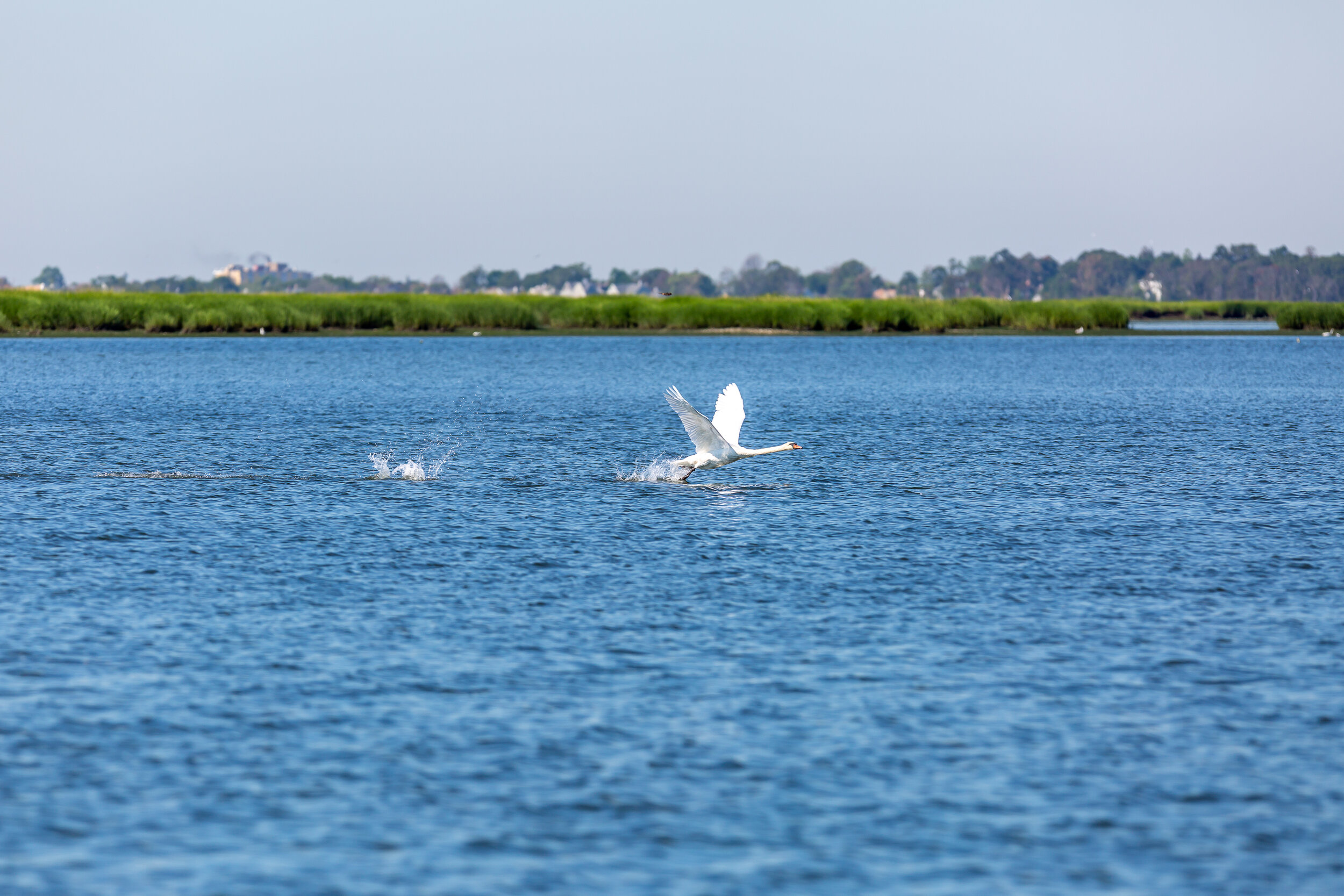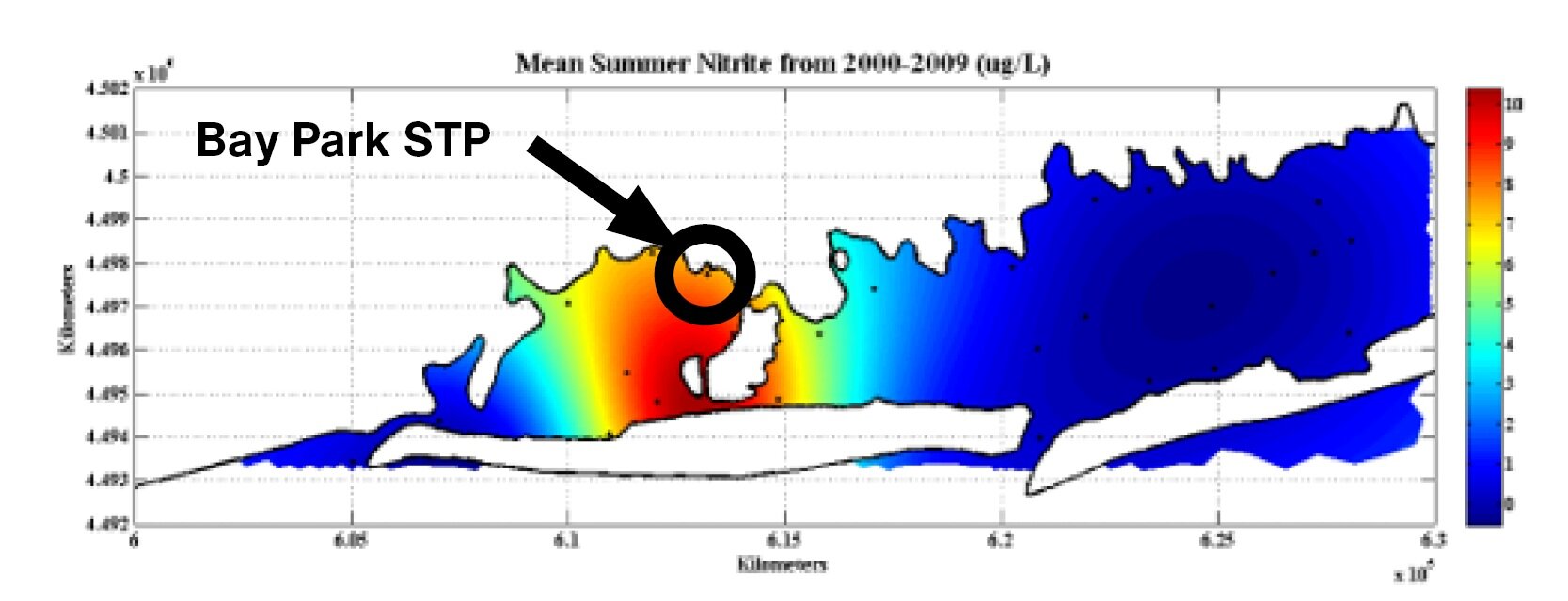
The science behind the bays, the water, and how it impacts us.
Water Quality and Nutrients
Bodies of water in the environment contain nutrients that plants and animals need to live and grow, such as carbon, nitrogen, and oxygen. While these are all important to the ecosystem, the current nitrogen levels in the Western Bays is concerning. The excessive delivery of nitrogen to the Bays causes algal blooms, low oxygen and foul odor issues, habitat loss, and acidification.
Marsh Ecology
A marsh is a type of wetland, or an area of land where water covers ground for long periods of time. Marshes are usually treeless and dominated by grasses and other leafy plants. They are often home to many species of birds, fish, and shellfish.
Coastal Protection
Coastal wetlands, like our own Western Bays, are often referred to as “sponges.” This is because of their ability to absorb waves during coastal storms and normal tide cycles. By reducing the force of the waves, coastal wetlands limit erosion and the impacts of coastal flooding.
Discharge in the Bays
Water flow paths in Reynolds channel are limited and the turnover of water in the channel to the Atlantic Ocean is slow. This results in the build up and accumulation of nitrogen in the Western Bays waters. The image provided is courtesy of Professor Larry Swanson, Associate Dean at Stony Brook University School of Marine and Atmospheric Sciences.
Western Bays Resiliency Initiative
The Bay Park Conveyance Project is one of three projects Nassau County is pursuing to improve water quality and storm protection in the Western Bays.





